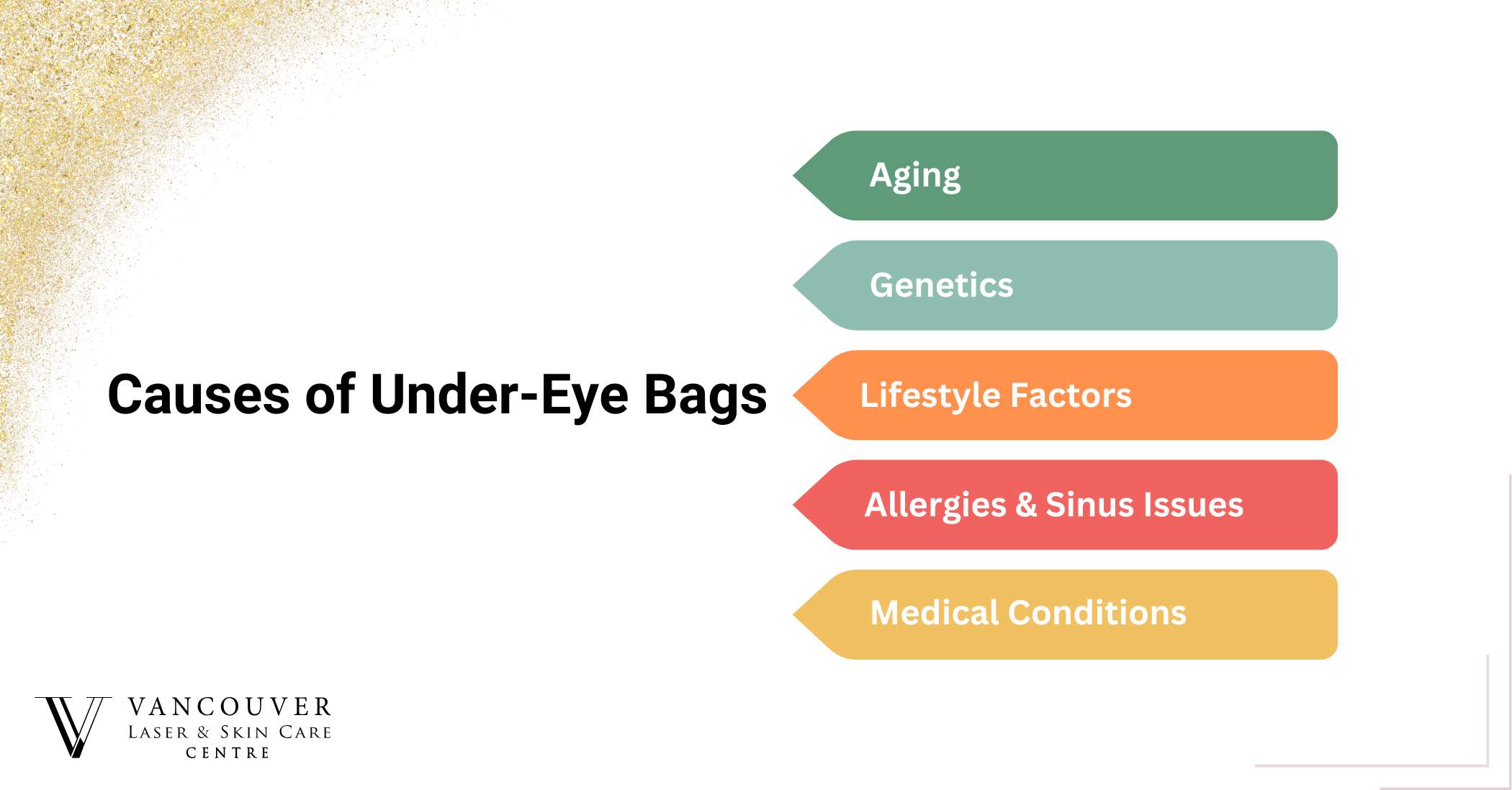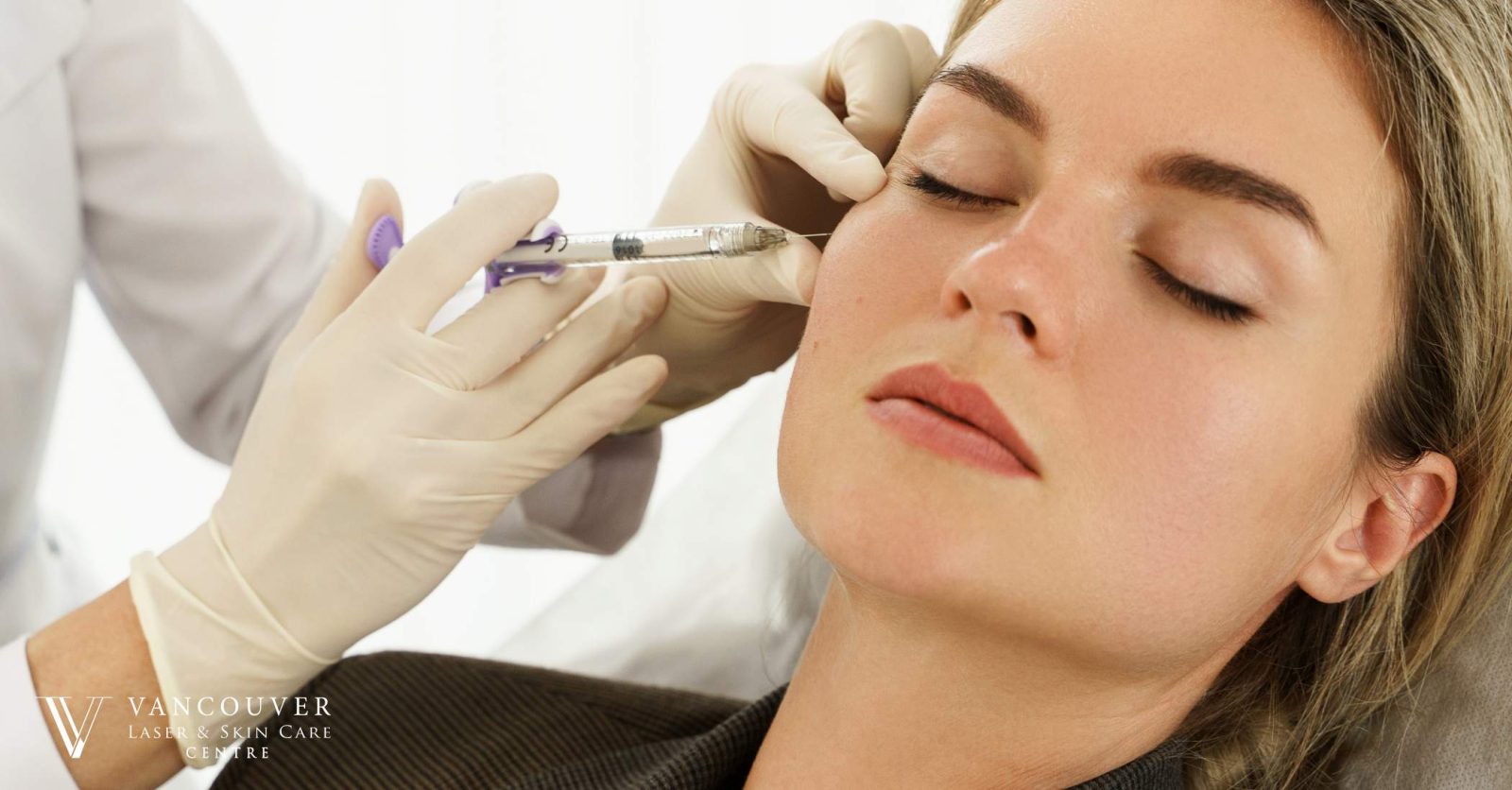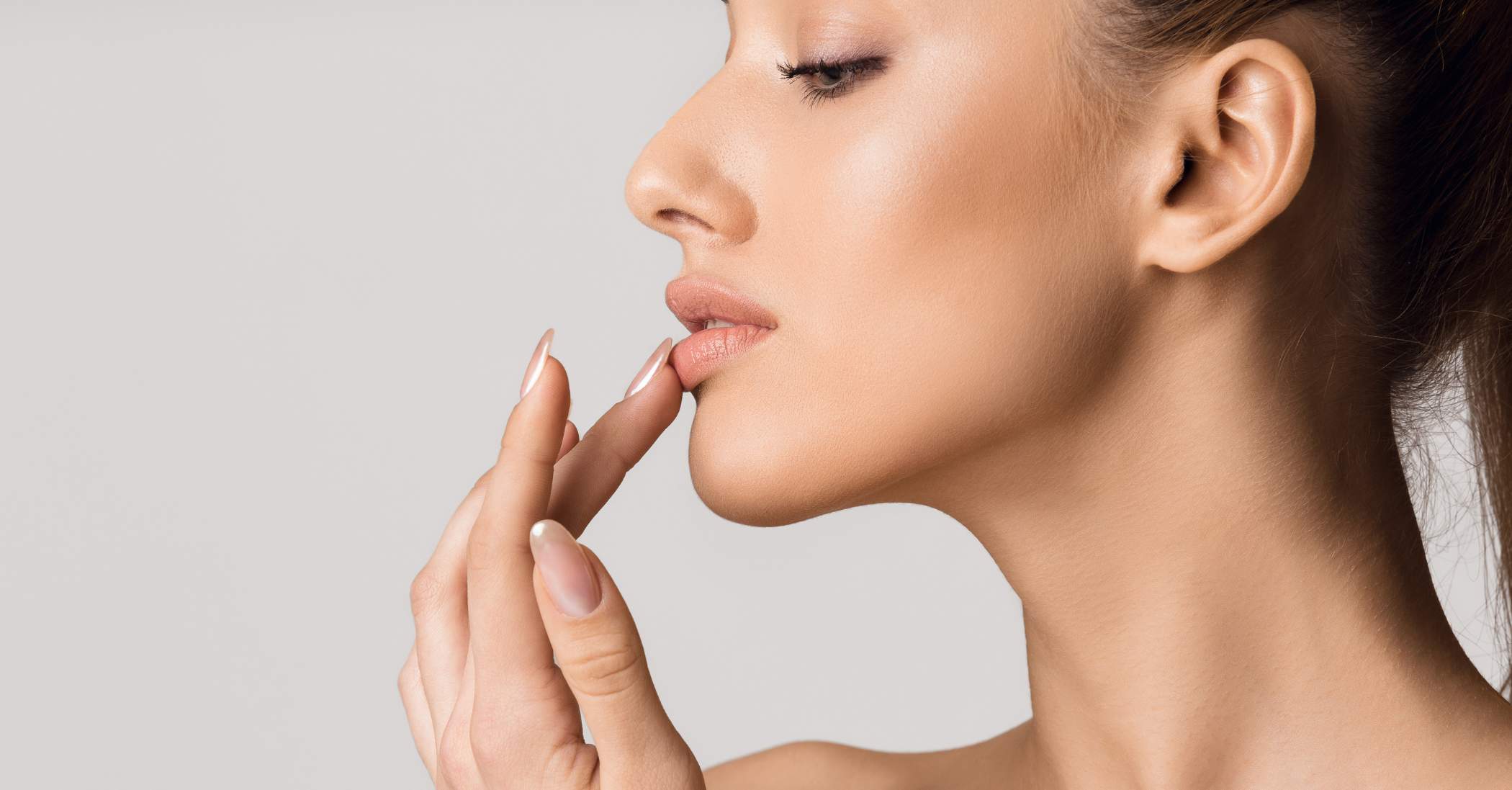Under-eye bags, characterized by puffiness or dark circles beneath the eyes, are a common concern that can impact appearance and confidence. While aging is a natural cause, lifestyle habits and underlying health issues often play a role.
Understanding the causes of under-eye bags is the first step to managing them. Solutions range from home remedies and skincare products to advanced professional treatments.
This guide explores the key factors behind under-eye bags, including aging, genetics, lack of sleep, and allergies. It also covers practical ways to reduce or eliminate them, featuring home remedies, essential skincare ingredients, and the latest professional solutions.
What causes bags under your eyes?
Under-eye bags form when the muscles and tissues supporting your eyelids weaken. This can cause the skin to sag, and fat that typically remains around the eye may shift below it. Fluid buildup in this area can also lead to puffiness or swelling.

Aging
As we age, skin loses elasticity, and the muscles supporting the eyelids weaken. Reduced collagen production results in thinner, sagging skin and a shift in fat placement, creating puffiness under the eyes.
Genetics
Inherited traits like skin structure and fat distribution can make under-eye bags more noticeable. If family members experience this issue, you may be genetically predisposed.
Lifestyle Factors
- Lack of Sleep: Poor sleep causes fluid retention and dilated blood vessels, leading to puffiness and dark circles.
- High-Salt Diet: Excess sodium increases water retention, worsening under-eye swelling.
- Smoking: Smoking damages collagen and reduces skin elasticity, speeding up the appearance of puffiness and aging.
Allergies and Sinus Issues
Allergic reactions often cause inflammation, swelling, and fluid retention around the eyes. Sinus congestion can further exacerbate puffiness, while frequent rubbing irritates the delicate skin.
Medical Conditions
Health issues like dermatitis, dermatomyositis, renal disease, and thyroid eye disease can lead to fluid retention and swelling under the eyes.

Home Remedies for Under-Eye Bags
Simple, at-home treatments can effectively reduce puffiness and dark circles using natural ingredients and easy techniques. These remedies are cost-effective and simple to incorporate into your daily routine.
Apply Tea Bags: Caffeinated tea bags, especially green tea, help reduce puffiness and inflammation. Chill the bags, apply them to your eyes, and leave them on for 15–30 minutes.
Use a Cold Compress: Chilled spoons, cucumber slices, or cold compresses can constrict blood vessels, providing temporary relief from swelling.
Stay Hydrated: Drink 6–12 cups of fluids daily to maintain hydration and prevent worsening puffiness.
Wash Your Face Before Bed: Removing makeup before bedtime prevents irritation, infections, and premature skin aging.
Stay Elevated While Sleeping: Use extra pillows to elevate your head during sleep, preventing fluid buildup under your eyes.
Get Enough Sleep: Aim for 7–9 hours of sleep nightly to improve circulation and minimize dark circles.
Eat Collagen-Rich Foods: Incorporate vitamin C-rich foods like oranges, strawberries, and kale to boost collagen production and improve skin elasticity.
Add Iron-Rich Foods: Address iron deficiency with foods like red meat, spinach, and beans to reduce pale skin and dark circles.
Cut Back on Salt: Excess sodium leads to water retention and puffiness. Focus on whole, unprocessed foods.
Quit Alcohol: Alcohol dehydrates your skin, exacerbating under-eye bags. Switch to hydrating alternatives like infused water or sparkling beverages.
Quit Smoking: Smoking breaks down collagen and depletes vitamin C, worsening wrinkles, dark circles, and puffiness. Seek support to quit for healthier skin and overall well-being.
Professional Treatments for Under-Eye Bags
At Vancouver Laser, we primarily use PRF/PRP treatments to address under-eye darkness and puffiness. Typically, PRP requires 3 sessions spaced 4 weeks apart.
For individuals with significant hollowing, we recommend tear trough fillers. However, if the issue is pigmentation-related, this treatment may not be suitable for you.
Non-surgical options like dermal fillers, laser resurfacing, and microneedling provide minimally invasive solutions, while severe cases may require plastic surgery. Below are some effective treatments to consider:
Laser Resurfacing
Laser resurfacing uses controlled heat to remove the skin’s top layer, revealing smoother, more youthful skin beneath. This laser treatment for under-eye issues boosts collagen production, tightening the skin and reducing puffiness. Results are often noticeable immediately and can last for several years, depending on the severity of the condition.
Microneedling
Microneedling involves tiny needles that create micro-injuries in the skin, promoting collagen and elastin production. Full effects typically develop over a few months, with most patients requiring 2–4 sessions spaced 4–8 weeks apart.

Dermal Fillers
Injecting dermal fillers into the under-eye area helps restore volume, reducing the appearance of bags. These fillers contain hyaluronic acid, which stimulates collagen production and improves skin elasticity. This quick, non-invasive procedure requires no downtime, making it a convenient lunchtime treatment. Results can last up to a year or longer with regular maintenance sessions.
Eyelid Surgery (Blepharoplasty)
For severe under-eye bags, blepharoplasty is a surgical option that tightens the skin and muscles while repositioning fat deposits. This outpatient procedure delivers dramatic and permanent results. Recovery typically involves 7–10 days before returning to work and 4–6 weeks for complete healing.
Preventing Under Eye Bags
While it may not be possible to fully prevent under-eye bags, adopting healthy habits and taking care of your skin can significantly reduce their appearance. Here are practical tips for prevention:
- Prioritize Quality Sleep: Aim for 7–9 hours each night and elevate your head slightly to minimize fluid buildup under the eyes.
- Stay Hydrated and Limit Salt Intake: Drinking enough water and reducing sodium in your diet help prevent fluid retention and puffiness.
- Manage Allergies: Address allergies with appropriate treatments and minimize exposure to common allergens like pollen, dust, and pet dander to reduce inflammation.
- Use a Cold Compress: Apply chilled cucumber slices, cold tea bags, or a cold compress under your eyes for 10–15 minutes each morning to minimize swelling.
- Apply Anti-Aging Eye Cream: Regularly use a high-quality eye cream with ingredients like caffeine or hyaluronic acid. For an extra cooling effect, store it in the fridge.
- Exercise Regularly: Physical activity improves circulation, which helps reduce fluid retention and puffiness.
- Massage the Area: Gently massage or tap around your eyes to promote better fluid circulation.
- Quit Smoking: Smoking accelerates skin aging and can irritate the delicate eye area. Quitting improves both skin health and overall well-being.
- Protect Your Skin from the Sun: Use sunscreen with a high SPF and wear sunglasses or a wide-brimmed hat to prevent sun damage and premature aging.
When to Consult a Professional
If under-eye bags persist despite home remedies or appear suddenly, it may be time to seek professional advice. A specialist can determine the underlying cause and recommend tailored treatments to address your concerns safely and effectively.
Signs That Require Professional Evaluation
- Persistent Puffiness: If under-eye bags do not improve with lifestyle changes or home remedies, they may indicate an underlying health issue beyond fluid retention or tiredness.
- Sudden Worsening: Seek immediate medical attention if your under-eye bags suddenly worsen or are accompanied by symptoms such as pain, redness, or swelling in other areas. These could signal a medical condition requiring prompt care.
- Severe Impact: When under-eye bags significantly affect your appearance and confidence, consulting a professional can provide solutions to help you look and feel better.
Benefits of Professional Assessment
Seeking professional help ensures an accurate diagnosis and a personalized treatment plan tailored to your needs. With expert care and advanced solutions, you can achieve lasting results that leave you looking refreshed and youthful.

Expert Diagnosis
Professionals can pinpoint the exact cause of your under-eye bags, whether due to aging, allergies, medical issues, or lifestyle factors. This precise assessment ensures you receive the most effective treatment for your concerns.
Tailored Solutions
Receive a customized treatment plan designed around your skin type, the severity of your under-eye bags, and your beauty goals. Options range from non-surgical treatments like dermal fillers and laser therapy to surgical solutions like blepharoplasty for more advanced cases.
Safe and Effective Treatments
Access advanced, proven treatments performed by trained experts. These procedures minimize risks and include detailed post-treatment care to ensure optimal results and a smooth recovery.
Long-Term Results
Professional treatments provide longer-lasting results compared to quick fixes. These solutions are designed to rejuvenate your appearance, helping you achieve a refreshed, youthful look.
At Vancouver Laser & Skin Care Centre, we bring over 27 years of expertise and use cutting-edge technologies to address your under-eye concerns safely and effectively. Take the first step toward a brighter, revitalized appearance—book your consultation today!
Conclusion
Under-eye bags can result from factors like aging, lifestyle habits, and health conditions. Understanding these causes and exploring various solutions—from simple home remedies to advanced professional treatments—can help you reduce puffiness and achieve a refreshed appearance.
At Vancouver Laser & Skin Care Centre, we specialize in personalized treatments to address your unique concerns, ensuring you look and feel your best. Don’t let under-eye bags hold you back—schedule a consultation today and discover the right solution for you!
FAQs
1. Are under-eye bags permanent?
Under-eye bags are not always permanent. They can often be managed or reduced with lifestyle changes, targeted skincare products, or professional treatments tailored to your needs.
2. What is the best treatment for under-eye bags?
The ideal treatment depends on the underlying cause. Non-surgical options, such as dermal fillers and laser therapy, are effective for mild to moderate under-eye bags, while blepharoplasty (eyelid surgery) is recommended for more severe cases.
3. Can lack of sleep cause under-eye bags?
Yes, lack of sleep can lead to fluid retention and poor circulation, resulting in puffiness and dark circles. Adopting consistent sleep patterns and prioritizing rest can significantly reduce this issue.



